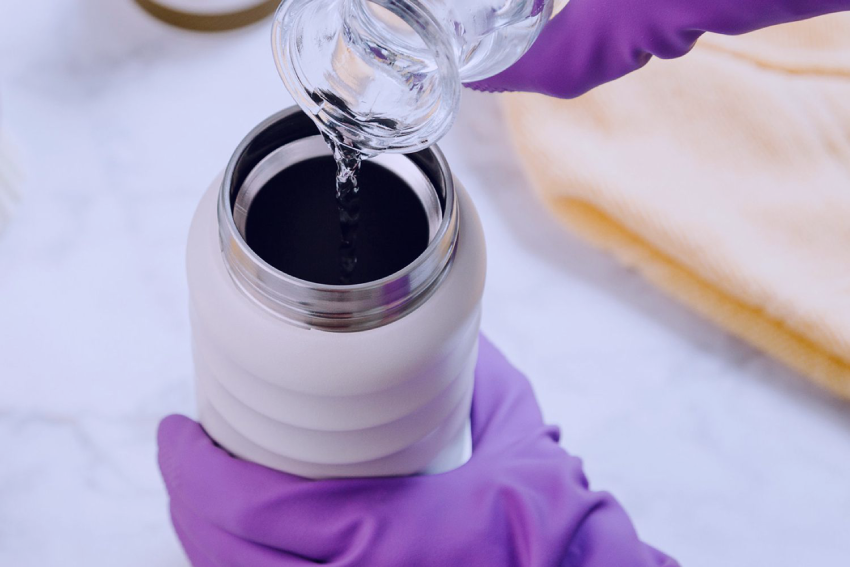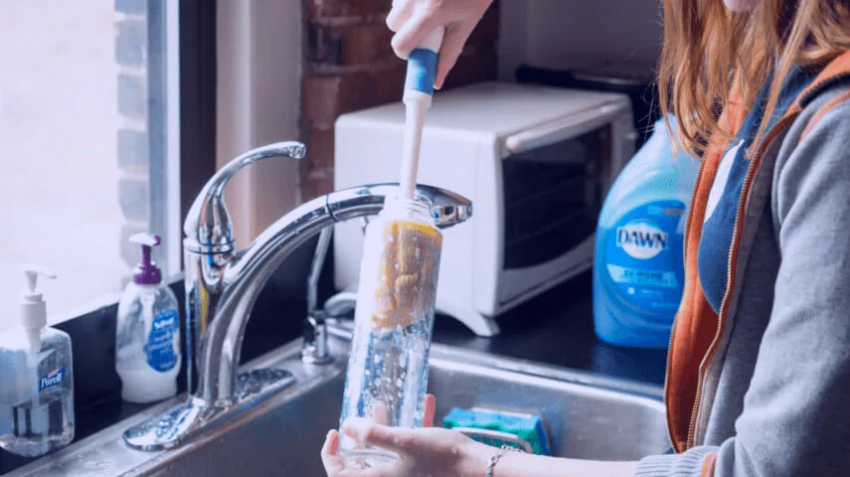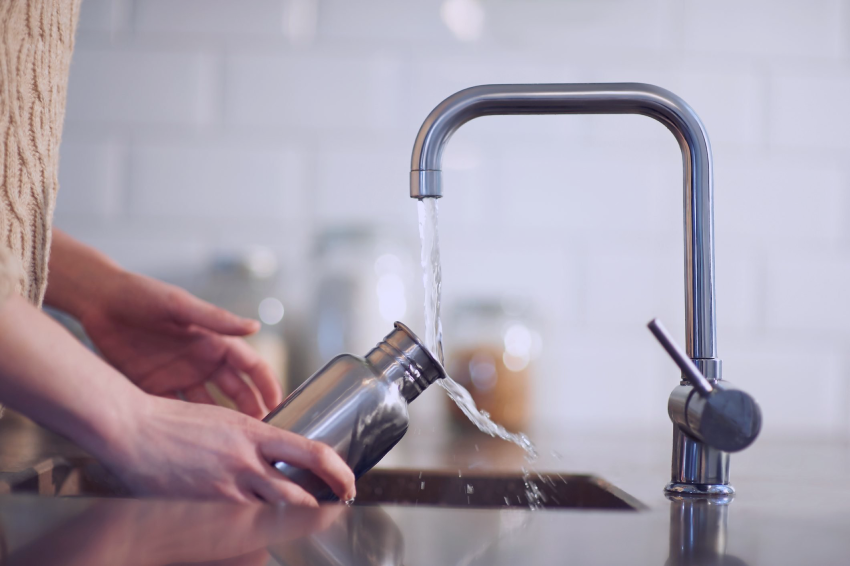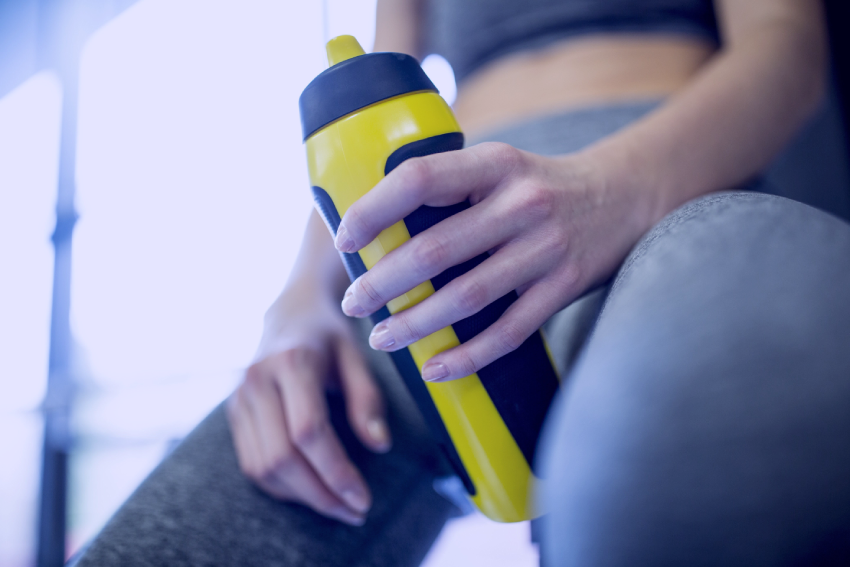Cleaning Plastic Water Bottles
Mastering the art of cleaning your plastic water bottles not only guarantees a germ-free drinking vessel but also prolongs its lifespan.
By following the proper steps and cleaning methods, you’ll be able to seamlessly remove bacteria and unwanted odors, giving your plastic bottle longevity.
Rinse Before Each Use
Laying the groundwork for a clean water bottle starts with a simple, crucial practice: rinsing it before each use. The act of quick rinsing stops leftover water from sitting and causing bacteria growth.
In rinsing your water bottle, make sure to let warm water flow completely throughout the bottle to remove any buildup or debris.
Hand Wash with Dish Soap
In cleaning your plastic water bottle, start with a light rinse before applying a small amount of dish soap. Fill the bottle halfway with warm water, place the cap back, and give it a vigorous shake. This helps to remove residue and stains from the inside of the bottle.
Choose a mild, fragrance-free dish soap as strong scents can linger in your bottle post-washing. Ensure you rinse thoroughly to eliminate any soapy taste. A residue-free rinse ensures your next drink tastes just like it’s meant to.
Take note not to leave your soapy water bottle to soak for too long. While the dish soap works on grime, lengthy soaks can cause a soap taste to remain long after rinsing. After the shaking procedure with soap, rinse thoroughly with warm water immediately and allow to air dry with the cap off.
Use a Bottle Brush for Stubborn Stains
Making the best use of a bottle brush can remarkably strip away those pesky stubborn stains. This cleaning staple reaches where dishcloths can’t, scrubbing every nook and cranny of your water bottle. Remember, keep rotating the brush for optimal cleaning.
Sanitize with Boiling Water or Vinegar
Boiling water and vinegar will boost the cleanliness of your water bottles. The high temperature of boiling water kills germs and removes persistent residues. Vinegar, armed with acetic acid, excels in eliminating odors and battling stubborn stains from lingering in your bottle.
Using vinegar or boiling water to sanitize your water bottles is straightforward. With vinegar, fill up one-fifth of the bottle and top it off with warm water; let it sit overnight, then scrub and rinse it in the morning. For boiling water, ensure your bottle can withstand high temperatures, then pour in the boiling water, letting it sit for a few minutes. Finally, empty the water bottle and allow it to air dry for a sparkling clean bottle!



